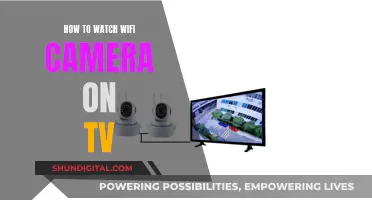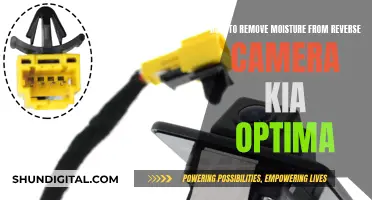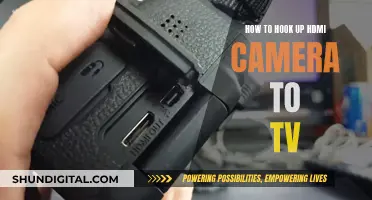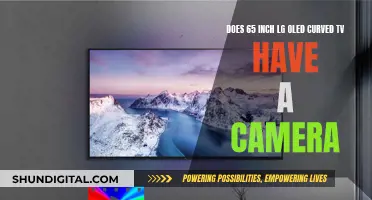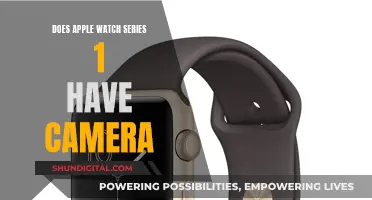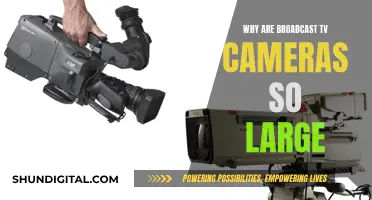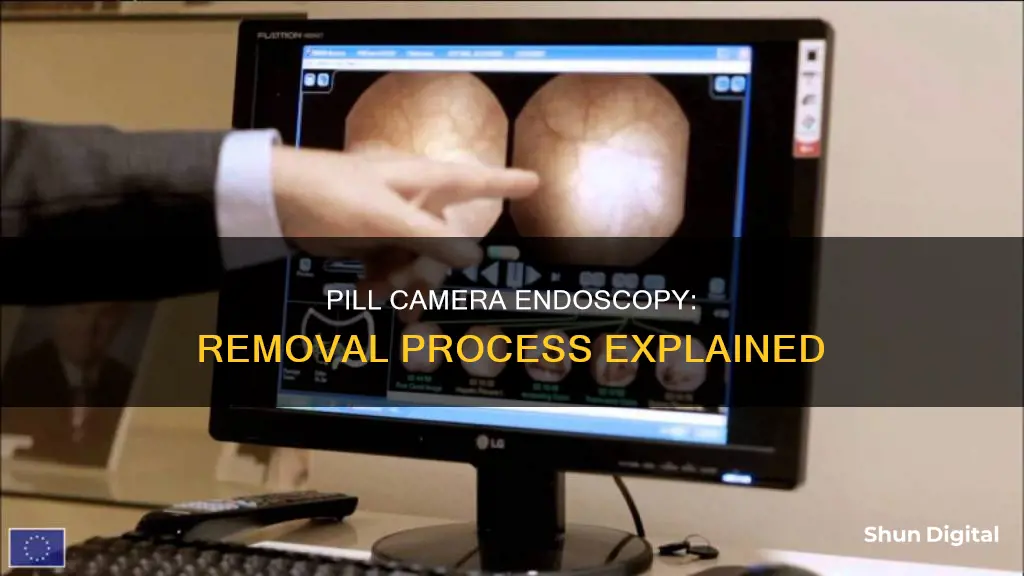
Capsule endoscopy is a procedure that involves swallowing a small capsule, about the size of a vitamin pill, which contains a tiny wireless camera that captures images of the gastrointestinal tract. The images are transmitted to a recording device worn on the patient's waist, which is later used by doctors to diagnose conditions such as gastrointestinal bleeding, colon polyps, and cancer. The capsule is passed naturally through bowel movements and can be safely flushed down the toilet. However, in rare cases, the capsule may get stuck in the gastrointestinal tract, requiring medical attention.
| Characteristics | Values |
|---|---|
| How is the pill camera removed? | The pill camera will pass naturally through bowel movements within a few hours. If it hasn't been passed within several days, a doctor may need to use imaging technology such as an X-ray to locate it and perform surgery to remove it. |
| How long does it take to pass? | Typically, the pill camera will pass within a few hours, but it can take a few days. |
| What should I do if I haven't passed the pill camera? | Contact your doctor if it has been several days and you haven't passed the pill camera. |
| What should I do with the pill camera after passing it? | The pill camera is disposable and can be safely flushed down the toilet. |
What You'll Learn

The capsule is passed naturally through bowel movements
The pill camera for endoscopy is passed naturally through bowel movements. The capsule is about the size of a large vitamin pill and is disposable. It is designed to be passed out of the body naturally and does not need to be retrieved. It is safe to flush the capsule down the toilet.
The capsule typically passes out of the body within a few hours, but it can take a few days. If you haven't passed the capsule within several days, contact your doctor. They may use imaging technology, such as an X-ray, to locate the capsule.
The capsule is easy to swallow and does not cause any discomfort or disruption. You will not feel the capsule as it moves through your digestive tract. It is important to follow the instructions provided by your doctor before and after the procedure to ensure a smooth process.
After the procedure, you can return to your usual activities and medications. The results of the endoscopy will be sent to your doctor within about a week.
The pill camera for endoscopy is a safe and non-invasive procedure. It is a revolutionary technology that allows doctors to examine the small bowel and other parts of the gastrointestinal tract. The camera captures thousands of images, which are transmitted to a recording device worn by the patient. This provides valuable information for diagnosing various gastrointestinal conditions.
LG TV Camera: What You Need to Know
You may want to see also

The capsule can be flushed down the toilet
The pill camera for endoscopy is a small capsule, about the size of a large vitamin pill, that patients swallow to allow their doctor to visually examine the gastrointestinal tract. The capsule contains a tiny wireless camera that takes pictures as it passes through the body. The images are transmitted to a recording device worn on a belt around the patient's waist.
The capsule can remain in the patient's system for a few hours or up to several days. In most cases, the capsule will leave the body within 24 hours, but this can vary depending on the individual's bowel movement. If the capsule does not appear in the patient's bowel movements the first day after swallowing it, there is no need to worry as it will likely pass the next day or so.
The capsule can be safely flushed down the toilet. It is disposable and will not harm the plumbing. There is no need to retrieve or save the capsule, and patients may not even notice it passing. However, if the patient does not pass the capsule after several days, they should contact their doctor. The doctor may use imaging technology, such as an X-ray, to locate the capsule and determine if further action is needed.
It is important to follow the doctor's instructions when preparing for and undergoing a capsule endoscopy procedure. This includes following specific diets, taking laxatives, and avoiding certain activities and environments that could interfere with the test.
Watching King Doway Camera Feeds on PC
You may want to see also

The capsule may need to be surgically removed if it gets stuck
Capsule endoscopy is a safe procedure, but there is a small risk of the capsule getting stuck in the gastrointestinal tract. This can occur if there is a significant narrowing of the GI tract due to factors such as inflammation from inflammatory bowel disease, the presence of a large polyp or tumour, or previous surgery or injury. In most cases, the capsule will pass naturally, but if it gets stuck, it may need to be surgically removed.
If the capsule becomes stuck, it is important to contact your doctor immediately. They may use imaging techniques, such as an X-ray, to locate the capsule and determine the best course of action. In some cases, they may be able to retrieve the capsule using a procedure called double balloon enteroscopy, which involves passing a small tube down the throat and into the intestine. However, if the capsule cannot be retrieved using this method, surgery may be necessary.
Surgical removal of the capsule typically involves making a small incision in the abdomen and locating the capsule with the help of a laparoscope, a thin, flexible tube with a light and camera attached. Once the capsule is located, the surgeon will carefully remove it, taking care not to damage the surrounding tissue. In some cases, it may be necessary to remove a small section of the intestine to ensure the complete removal of the capsule.
It is important to note that the risk of capsule retention is relatively low, and most people who undergo capsule endoscopy do not experience any complications. However, it is always important to follow your doctor's instructions before and after the procedure to minimize the risk of any potential complications.
Exploring Interstate Camera History: A Step-by-Step Guide
You may want to see also

The capsule can be retrieved after it passes through the body
The capsule endoscopy procedure involves swallowing a small capsule, which is about the size of a large vitamin pill. Inside the capsule is a tiny wireless camera that takes pictures as it passes through the gastrointestinal tract. The capsule is disposable and can be easily swallowed. The camera inside the capsule clicks several thousand pictures along its journey through the bowels. These images are recorded on an external device, and through these images, a doctor can view and detect problems in the digestive system.
The capsule can remain in the body for a few hours to days. Eventually, it will be noticed in the toilet. If the capsule does not appear in the bowel movements the first day after swallowing it, there is no need to worry as it should pass the next day or so. If you notice that you haven't passed the capsule after several days, you must contact your doctor. They may use imaging technology such as an X-ray to find the capsule in your system.
The capsule does not need to be retrieved if it transmits data to an external device. However, if the capsule has internal data storage, it needs to be retrieved after it passes through the body. This is because the data needs to be downloaded and reviewed by a doctor.
After the procedure, the stored images from the recording device are transferred to a computer. Using specialized software, the images are combined into a video. The video is then reviewed by a doctor to identify any gastrointestinal problems by observing and examining the capsule's movement through the system.
Who's Behind the Camera? Unseen Office Camerman
You may want to see also

The capsule is disposable
The capsule endoscopy procedure involves swallowing a small capsule that contains a tiny wireless camera. This camera takes pictures as it passes through the gastrointestinal tract, specifically the small intestine, which is difficult to access using a traditional endoscope. The capsule is about the size of a large vitamin pill and is easily disposable.
The capsule endoscopy is a safe and simple procedure that is also referred to as wireless or video capsule endoscopy. It is used to diagnose problems in the digestive system, such as gastrointestinal conditions, unexplained bleeding, gastrointestinal cancer, polyps or tumors, and unexplained abdominal pain. The capsule is disposable and can be flushed down the toilet after it passes out of the body.
After swallowing the capsule, patients can continue their daily activities for about eight hours. The camera in the capsule captures several thousand images as it moves through the bowels, and these images are recorded on an external device worn on the patient's waist. The capsule is then passed out of the body and flushed down the toilet, as it is designed to be disposable.
The entire procedure, including the disposable capsule, can cost between $750 and $2,500, depending on the location, healthcare provider, and medical insurance. The capsule itself costs approximately $580. It is important to check with your insurance company to see if capsule endoscopy is covered.
Finding Cameras on Your Network: A Comprehensive Guide
You may want to see also
Frequently asked questions
The pill camera for endoscopy is removed naturally through bowel movements. It does not need to be retrieved and can be flushed down the toilet.
The pill camera takes about eight hours to travel through the body. However, it may take a few hours to a few days to pass it through bowel movements.
If you haven't passed the pill camera after several days, you should contact your doctor. They may use imaging technology such as an X-ray to locate the camera and determine if it needs to be surgically removed.
Yes, there is a small risk of the pill camera becoming lodged in the gastrointestinal tract, especially in individuals with a significant narrowing of the tract due to conditions like inflammatory bowel disease or the presence of a large polyp or tumour. If the camera becomes stuck, it may need to be surgically removed, and symptoms such as abdominal pain, bloating, nausea, vomiting, fever, chest pain, or difficulty swallowing may occur.


